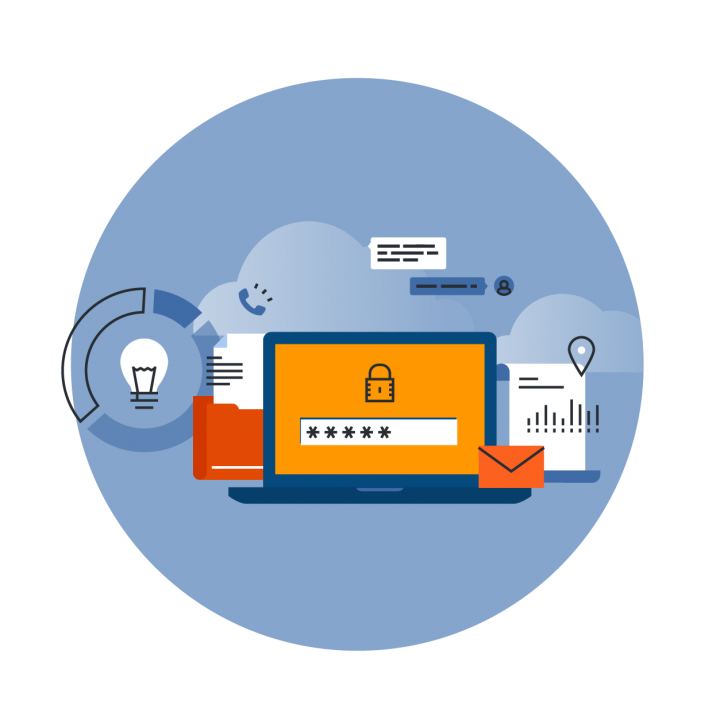Azure Information Protection
Azure Information Protection
WITH AZURE INFORMATION PROTECTION YOU CAN...
Define what can be done with your content
Azure Information Protection controls and protects how you share emails, documents and other sensitive data both internally and externally.
Define usage rights
Just because data leaves the company ‘walls’, that doesn’t mean you give up control. Azure Information Protection lets you define which external parties can see your content.
Get easy implementation
Azure Information Protection gives your users a one-click process to apply your pre-defined classifications and rules about what can be done with the content they share with colleagues and external partners.
Track and report
Embedded tags let you review what is happening with your shared data and know what it is being used for.

OUR EXPERTISE
In the past, gaining visibility and control over the content and data your users shared with colleagues and third parties was almost impossible—opening you up to multiple risks. Azure Information Protection lets you regain control over what happens to your sensitive information both internally and externally.
Our expert consultants have significant experience deploying Azure Information Protection to organizations across industries. We can help you develop sophisticated strategies for protecting legal documents, intellectual property, sensitive data and more when your employees share content.
FROM THE BLOG

Using the Art of Deception to Catch Attackers
When you hear the phrase “art of deception,” you might think of street magicians dazzling crowds of onlookers with their sleight of hand tricks and

How to Defend Against Privilege Escalation Attacks
One of the most dangerous phases of a cyberattack is privilege escalation, which involves a bad actor getting access to network resources via compromised user

A Guide to Microsoft Office 365 Data Loss Prevention (DLP)
As organizations increasingly embrace digital transformation, electronically stored data is a company’s most valuable asset. Unfortunately, it’s also one of the most vulnerable. Whether it’s

Leveraging Azure Blob Storage for Your PKI Needs, Part 2: Automation
This blog post is a follow up to my previous post on leveraging Azure Blob Storage to serve HTTP certificate revocation lists (CRLs). If you




